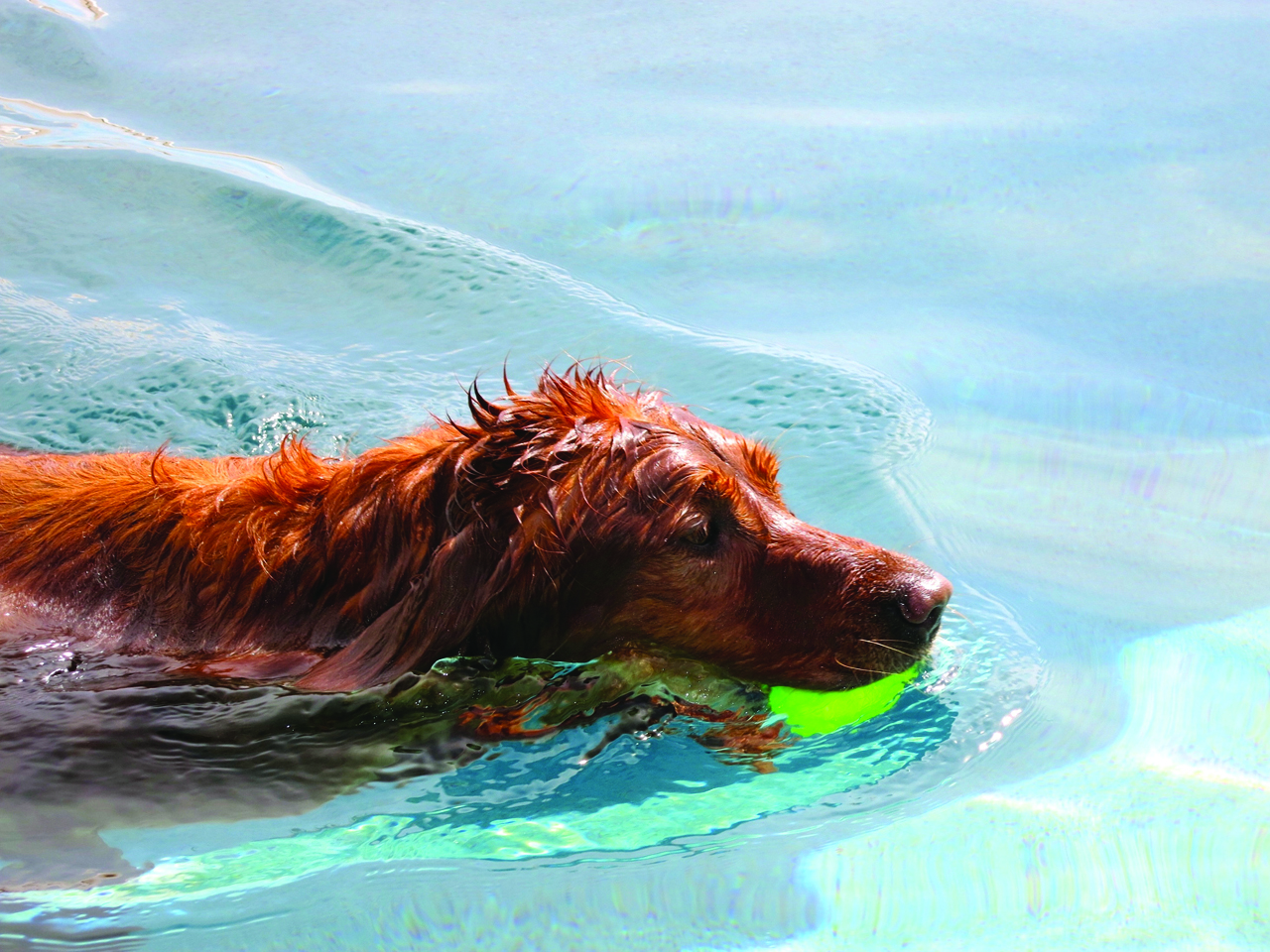When you hear that cancer has spread to the lymph nodes, it doesn't matter whether the patient is a dog or human, you know it can't be good. Involvement of lymph nodes can be important in the spread of many cancers for both species. Being able to predict which lymph nodes are most likely to be affected by cancer can make a big difference in catching cancer early and directing appropriate treatment.
With funding from CCAH, veterinary cancer surgeon Michele Steffey has been working to determine the best protocol and technique for sentinel lymph node mapping—widely used in human cancers—in her canine patients to answer the critical question of which nodes may be involved in cancer's spread.
"That knowledge will help us make important decisions in choosing which nodes to biopsy and how best to target the disease with the most appropriate treatments," Dr. Steffey said. "The main point is to identify earlier and more accurately where a particular cancer is going to spread first in the lymphatic system if it is going to metastasize. Our goal is to catch cancer early, and to do it as minimally-invasively as possible, which translates to better outcomes for our animal patients."
Steffey is getting close to her goal of developing the best way to map lymph nodes potentially involved with canine cancer, thanks to support from CCAH donors. As a result, sentinel lymph node mapping techniques, that identify the first lymph node the cancer is likely to spread to, are now available to a wide variety of cancer patients at the UC Davis veterinary hospital.
She and fellow researchers recently published studies in the journals Veterinary and Comparative Oncology and Veterinary Radiology & Ultrasound that used ultrasound and computed tomography (CT) in dogs with anal sac gland adenocarcinoma to evaluate the ability of different imaging methods to "see" the lymph nodes of the pelvis, and subsequently to identify the sentinel lymph nodes. A third study evaluating sentinel lymph node mapping in dogs with mast cell tumors is being written up and introduces an exciting new technology with real promise for use in veterinary patients. A fourth study in dogs with oral tumors is ongoing and enrolling patients.
While human lymph node mapping techniques provide some translational knowledge, the specific application isn't exactly the same. Steffey notes the anatomy of lymph nodes and the lymphatic system is different in dogs; it's a species-specific question to answer. More importantly, the gold standard method of lymph node mapping in humans uses a radioactive tracer that is expensive and comes with a lot of logistical and regulatory issues making it unlikely to be widely available in veterinary medicine.
"We need to find ways to apply available technologies to develop accurate and reliable lymph node mapping for veterinarians treating dogs with various cancers," Steffey said. "Thanks to the CCAH, we hope this research will lead to earlier treatment decisions which supports a longer, better quality of life for affected dogs." https://give.ucdavis.edu/go/PetCancer

